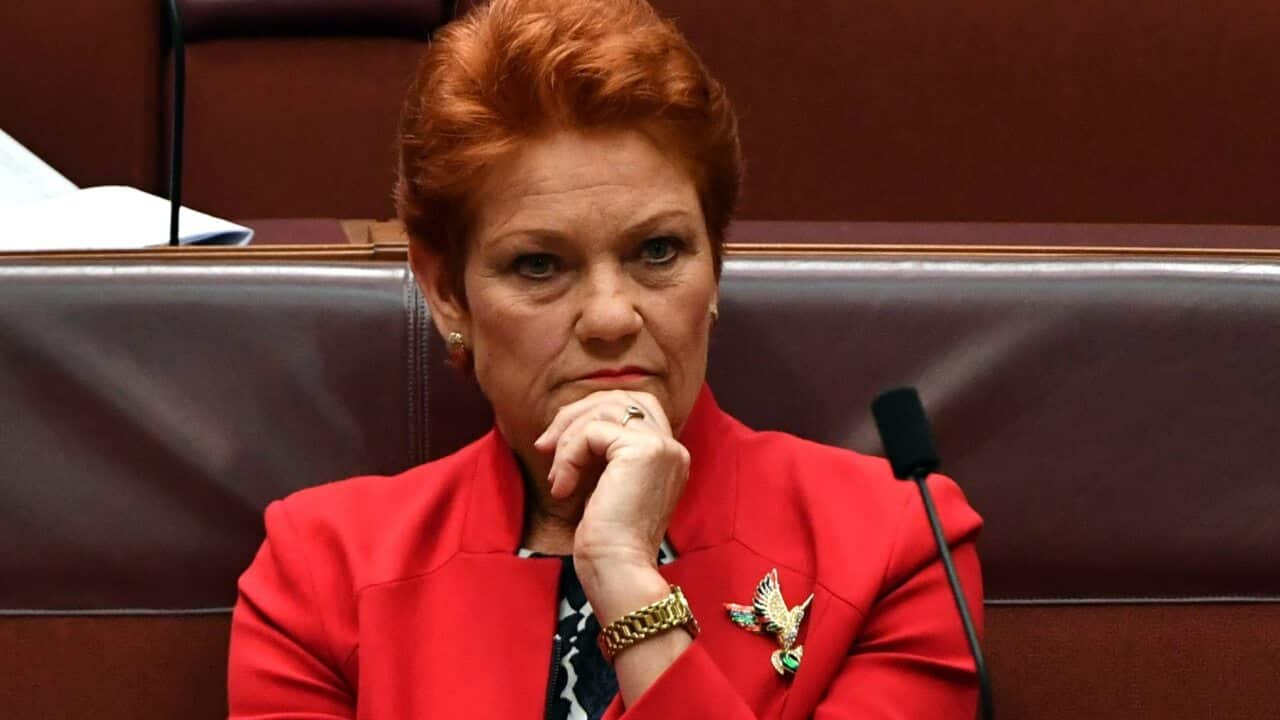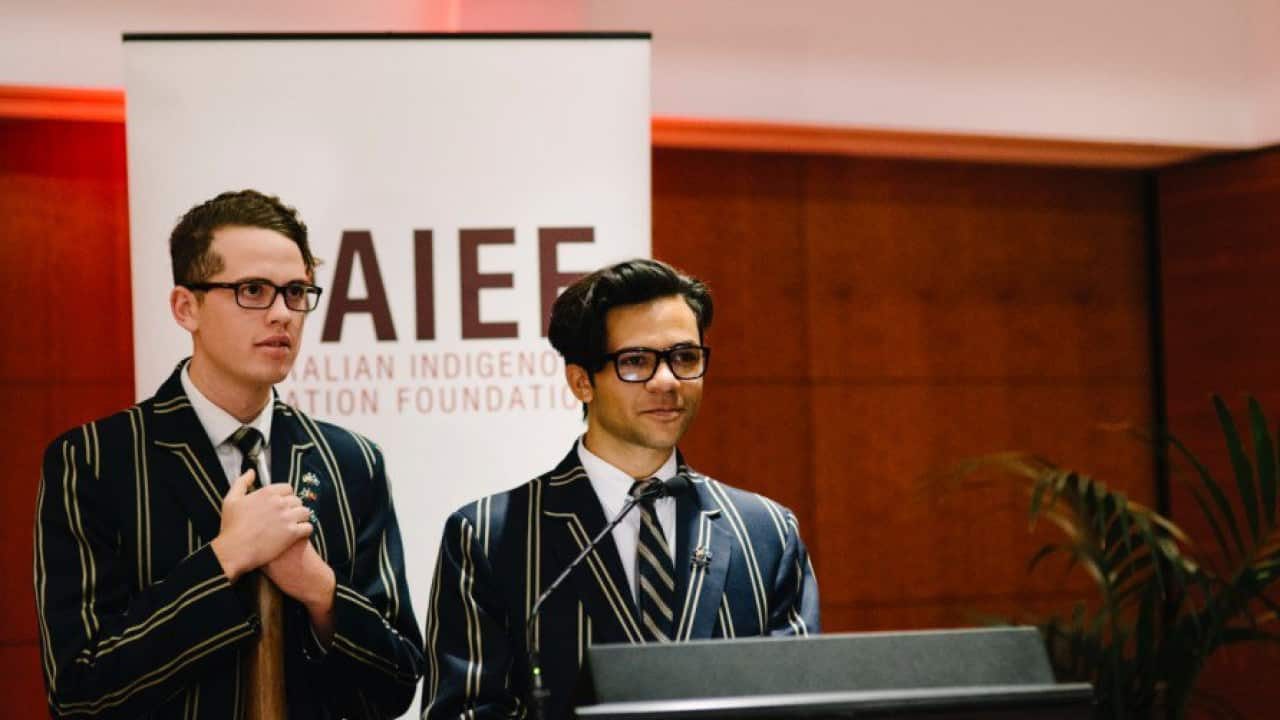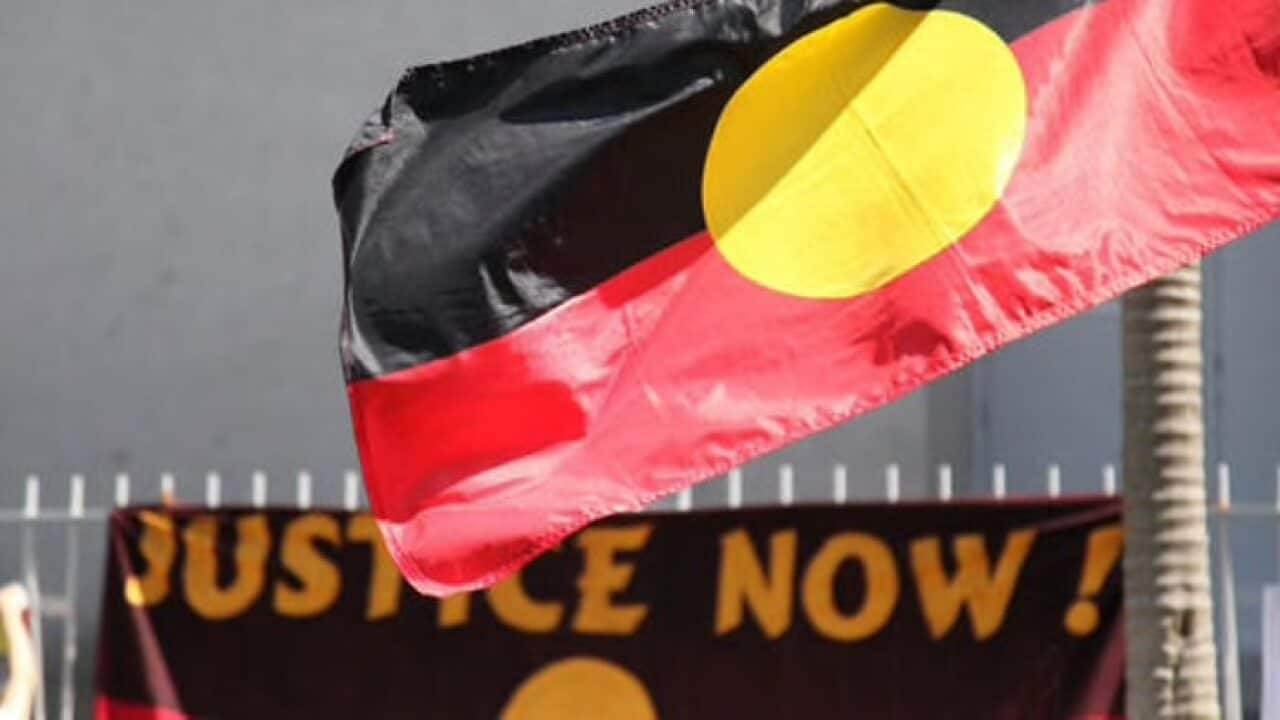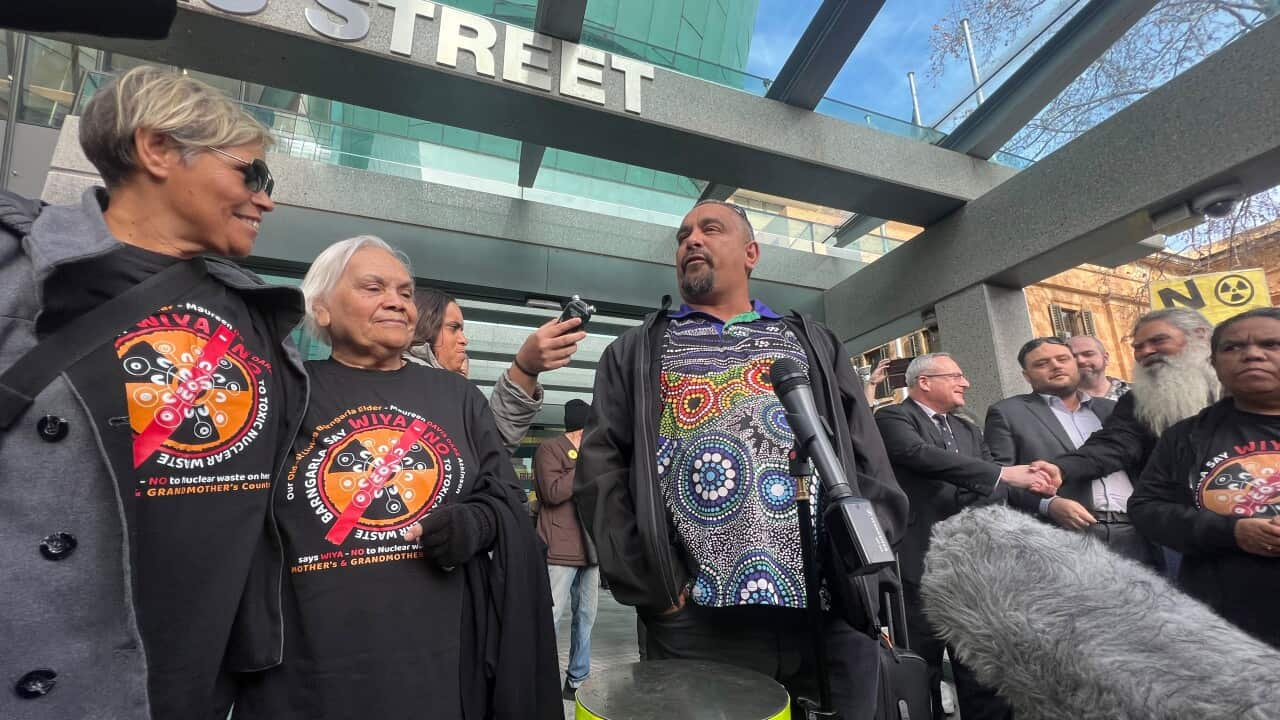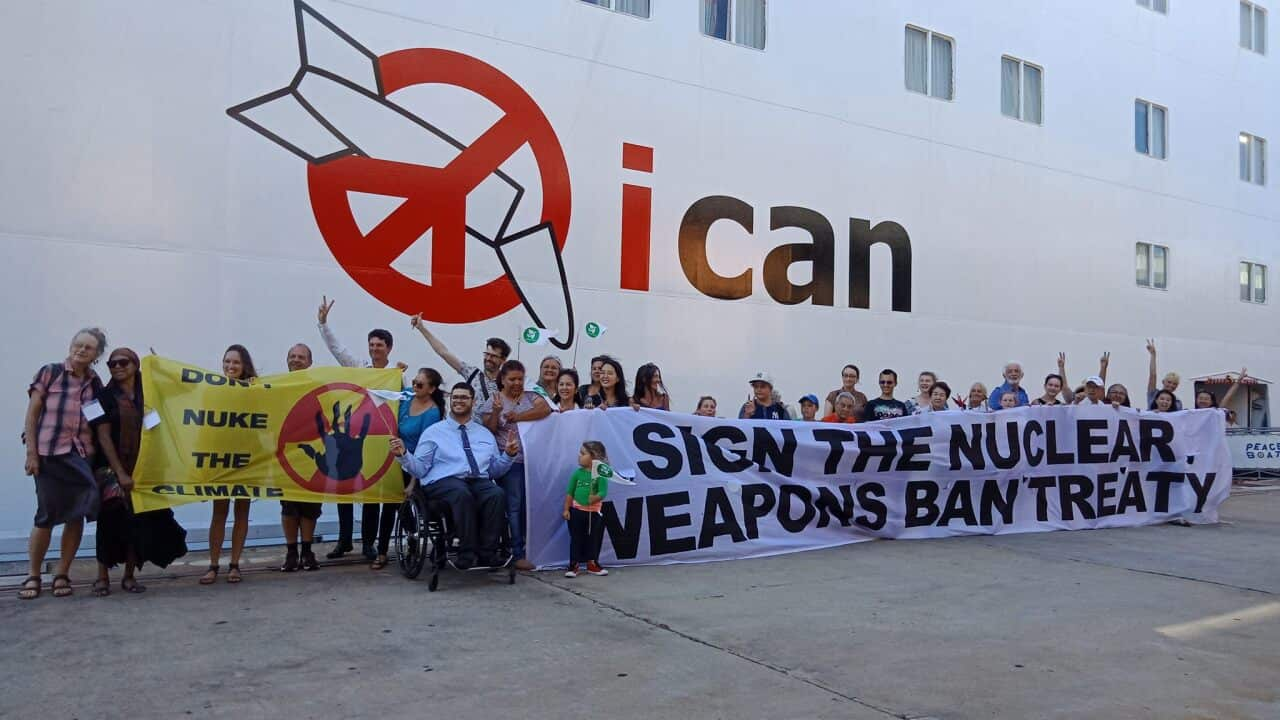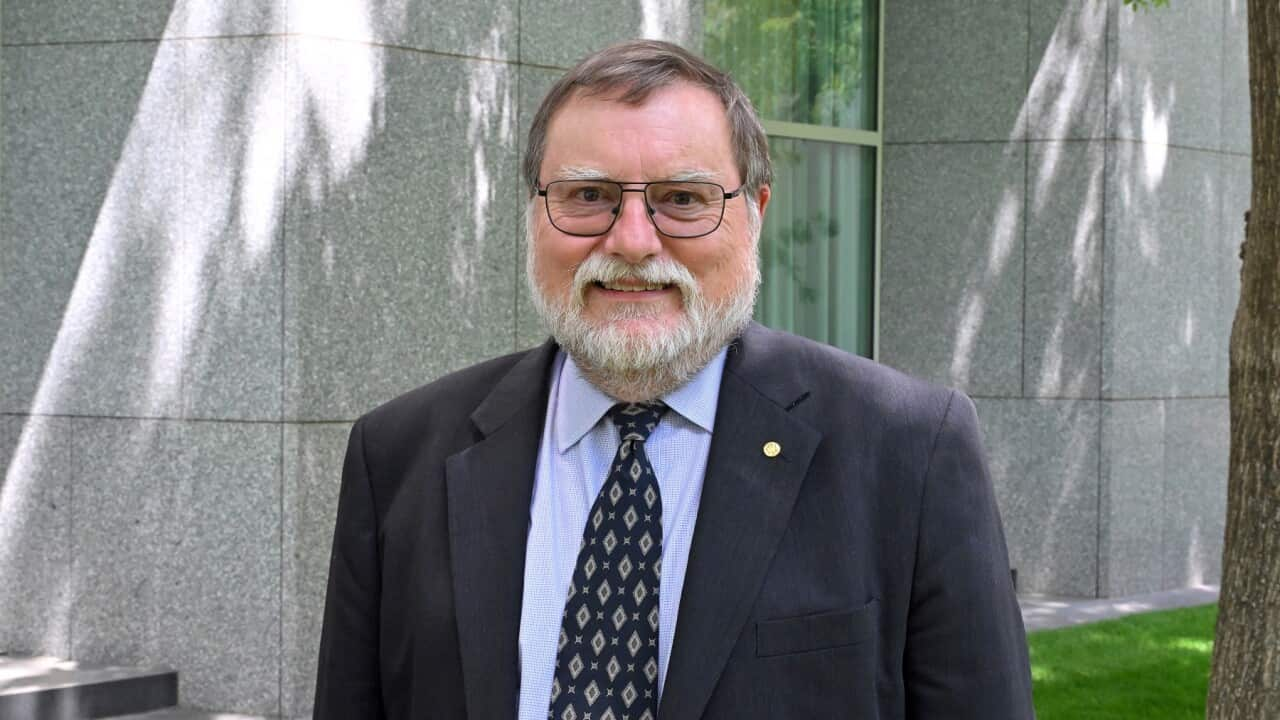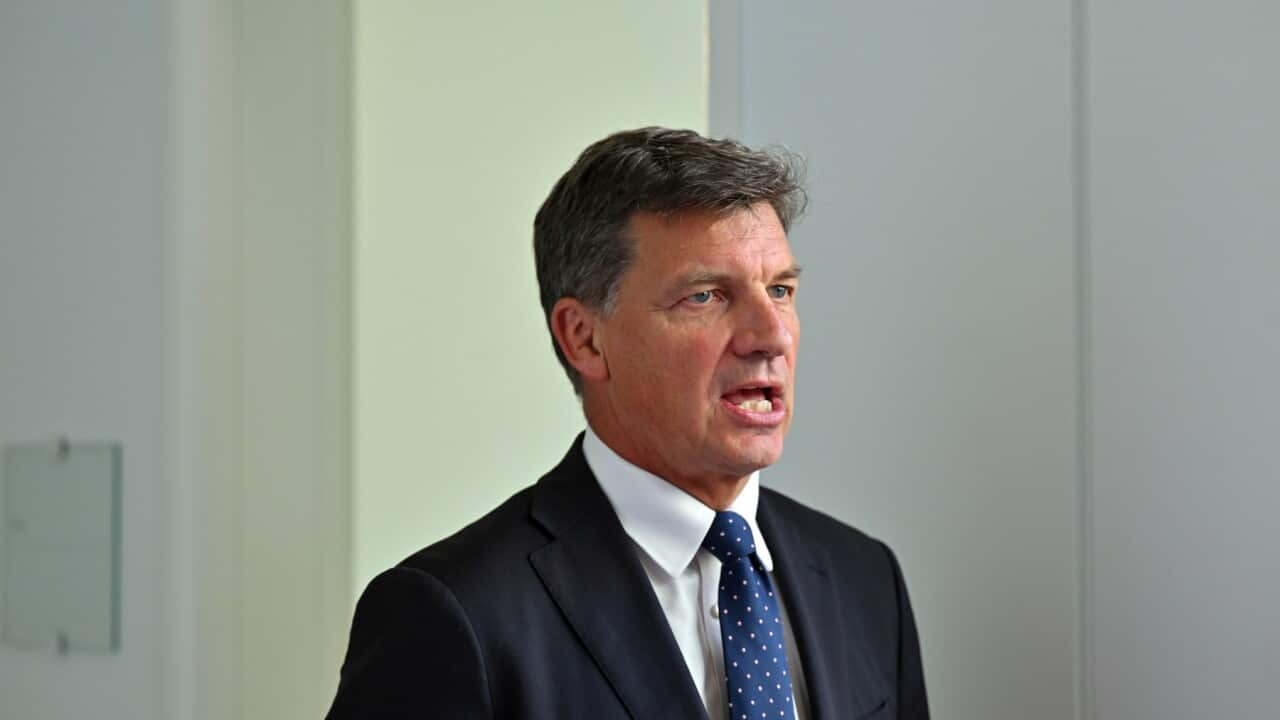Shadow Minister for Indigenous Australians Jacinta Nampijinpa Price has said, if the Coalition wins the upcoming federal election, she will cut funding for Welcome to Country ceremonies.
Senator Nampijinpa Price has recently been elevated to Shadow Minister for Government Efficiency, leapfrogging Shadow Assistant Minister for Government Waste Reduction James Stevens.
"I don't believe that we should be spending $450,000 a term (three years) on Welcome to Country when that isn't actually improving the life of a marginalised Indigenous Australian," she told ABC stateline last week.
Indigenous Australians Minister Malarndirri McCarthy said the remarks showed the Coalition was focused on culture wars.
"It really is quite disappointing, actually - we know that the opposition leader walked out on the Apology, he won't stand in front of the Indigenous flags and now he doesn't want Elders doing Welcome to Country," she said.
"We have to really ask the question, where is the Indigenous plan for the future with the Coalition and with Senator Price?"
According to , Welcome to Country ceremonies are a modern adaptation of an ancient practice, where Traditional Custodians would grant permission to members of another language group to visit their lands.
When permission was granted the hosts would welcome the visitors, offering safe passage and protection of their spiritual beings during the journey.
Visitors had to respect the protocols and rules of the custodians while on their Country.
Reconciliation Australia says today, while these protocols have been adapted to contemporary circumstances, the essential elements remain: welcoming visitors and respect for Country.
Welcome to Country ceremonies are delivered by Traditional Owners to welcome visitors to their Country.

Country Liberal Party senator Jacinta Nampijinpa Price makes her First Speech to the Senate in 2022. Source: AAP
Senator Nampijinpa Price, a Warlpiri Celtic woman, has been public about her disdain for Welcome to Country, describing the ceremony in her to Parliament as a "reinvention of culture" and saying she'd had more than her "fill of being symbolically recognised".
Here are nine things that cost more than $150,000 per year.
1. Visits from the King.
King Charles and Queen Camilla visited Australia last year for six days at a cost of $640,060.47 (excluding GST) to the Australian taxpayer.
And while the monarch's visit to Australia was met with a range of reactions from First Nations people, many of his official engagements began with Traditional Owners Welcoming him to Country.
2. Imprisoning one child for 46 days.
Last week the Productivity Commission released its report on government services, which found Australia is spending more than $1 billion a year on locking up children, at an average of $3,320 per day.
So keeping just one child out of detention for six weeks every year for three years would save more than $450,000.
First Nations, legal and human rights advocates have, for decades, been calling on all jurisdictions in Australia to embrace justice reinvestment - where funding that goes to prisons and detention centres is, instead, invested in early intervention and diversionary programs to keep people out of jail.
Anaiwan man Blake Cansdale, national director of Change the Record, told NITV last week that governments are making a deliberate choice to lock up vulnerable children rather than invest in the solutions that have been proven to work.
"If even a fraction of these public funds were redirected to therapeutic supports for children, family-strengthening programs, and culturally responsive services, we could build a system that prioritises justice reinvestment – one that breaks the cycle of disadvantage instead of reinforcing it," he said.
"Rather than a ‘tough on crime’ mentality, which serves the interests of nobody other than politicians that espouse such positions, we need to focus on primary health-based and social supports that address the underlying socio-cultural, emotional and economic causes of offending behaviour by vulnerable and at risk children."
3. Pay rises for pollies.
Last year the tribunal awarded a 3.5 per cent increase - slightly under inflation at the time - taking the base rate (without travel, transport, publications and other entitlements) up to $233,660 a year, from $225,742 the previous year, before tax and not including superannuation.
The Prime Minister's salary went from $586,929 to $607,471 a year and the Opposition Leader's from $417,623 to $432,239.
The way parliamentary salaries are calculated sets a base rate for a senator or MP, then adds a percentage for extra duties - party leader, whip, shadow minister, minister, etc, up to the prime minister, who receives the highest.
So, the base rate increase - of $7918 - multiplied by the number of senators and MPs (227) gives a total increase of $1,797,386 - which is more than 10 times the cost of Welcome to Country ceremonies and doesn't even take into account all the many office bearers so the actual amount is much higher.
4. Submarines.
Aukus, the Australia, UK and US trilateral security partnership was initially inked by Scott Morrison, in 2021, tying Australia into a deal to buy nuclear-powered submarines - despite having signed onto a French sub project, which ended up costing $3.4 billion (including an $835 million penalty for breaking the contract).
The Aukus submarines are estimated to cost somewhere between $268 billion and $368 billion over the next 25 years.
And, as part of the Aukus deal, Australia has agreed to manage all of its generated by the subs.
The ramifications for First Nations peoples in this country are far from clear - previous plans for nuclear waste dumps have been successfully fought in court by the Barngarla people and by Traditional Owners at .
5. Nuclear power plants.
Opposition Leader Peter Dutton has promised , if the Coalition wins the next election, with modelling commissioned by estimating that building seven nuclear plants will cost $331 billion.
The Frontier Economics report doesn't consider the cost of nuclear waste.
While the Opposition claims, ultimately, over 50 years using nuclear power will save Australians $263 billion, most analysis not paid for by the Coalition seems to suggest that's at least a stretch optimistic, with the finding that nuclear reactors would cost at least twice as much as renewables, take much longer to build and make no significant contribution to achieving net zero emissions by 2050.
The - a group of Aboriginal and other activists - has strongly condemned any move toward nuclear power, saying the industry continues to target First Nation peoples' land for "poisonous projects and Aboriginal people continue to resist".
“How we are going to meet our climate emissions target if hundreds of billions of dollars goes towards nuclear power, not real climate solutions?," ANFA co-chair Vicki Abdullah-McCabe said.
"It is going to affect our people, our country, our animals and the environment in general.”
6. Nuclear waste.
If Australia does decide to follow the yellow cake road to nuclear power, then the issue of how and where to store nuclear waste needs to be addressed - and safely storing radioactive material is expensive (more than Welcome to Country ceremonies).
Nuclear power stations produce high-level radioactive waste, dangerous for hundreds of thousands of years.
A report for South Australia's in 2016 found that the capital costs of one single waste management storage facility were estimated at $41 billion.
And according to analysis by academics on , there are many challenges associated with permanent storage of nuclear waste, including finding Traditional Owners willing to have a facility on their Country.
7. Fossil fuel subsidies.
According to research from the , in the 2023/24 financial year subsidies to fossil fuel producers cost all governments $14.5 billion, an increase of more than $3 billion on the previous year.
The Federal Government’s Fuel Tax Credits Scheme cost $9.6 billion in 2023–24 and is one of the top 20 most expensive items in the Federal Budget, worth more than spending on the Australian Army or Air Force.
The Fuel Tax Credits Scheme, worth around $1 billion to the coal industry alone, is Australia’s single largest fossil fuel subsidy.
Many Traditional Owner groups have long called for governments to stop and help them look after Country instead.
8. Business lunch tax breaks.
In January Opposition Leader Peter Dutton announced that, if elected, a Coalition government would by introducing a capped tax deduction of up to $20,000 for business-related meal and entertainment expenses.
While Labor Treasurer Jim Chalmers says the scheme would cost from $1.6 billion to $10 billion per year and Shadow Treasurer Angus Taylor claims it would 'only' be $250 million – a lot more than the $150,000 on Welcome to Country ceremonies.
9. Consultants.
In May 2023, the Federal Government released an , which found in the last year of the Morrison government, 2021-2022, the cost of external labour across consultants, contractors and labour-hire contracts was $20.8 billion.
As a point of comparison, in the 2024/25 Federal Budget, the entire National Indigenous Australians Agency was allocated $2.4 billion, which includes funding for investing in housing, education, health and justice - and a host of other programs.
The value of federal government work outsourced to just five consulting firms (Deloitte, EY, KPMG, PwC and Accenture) has fallen by $891 million to $1.5 billion since Labor took power in mid-2022.


